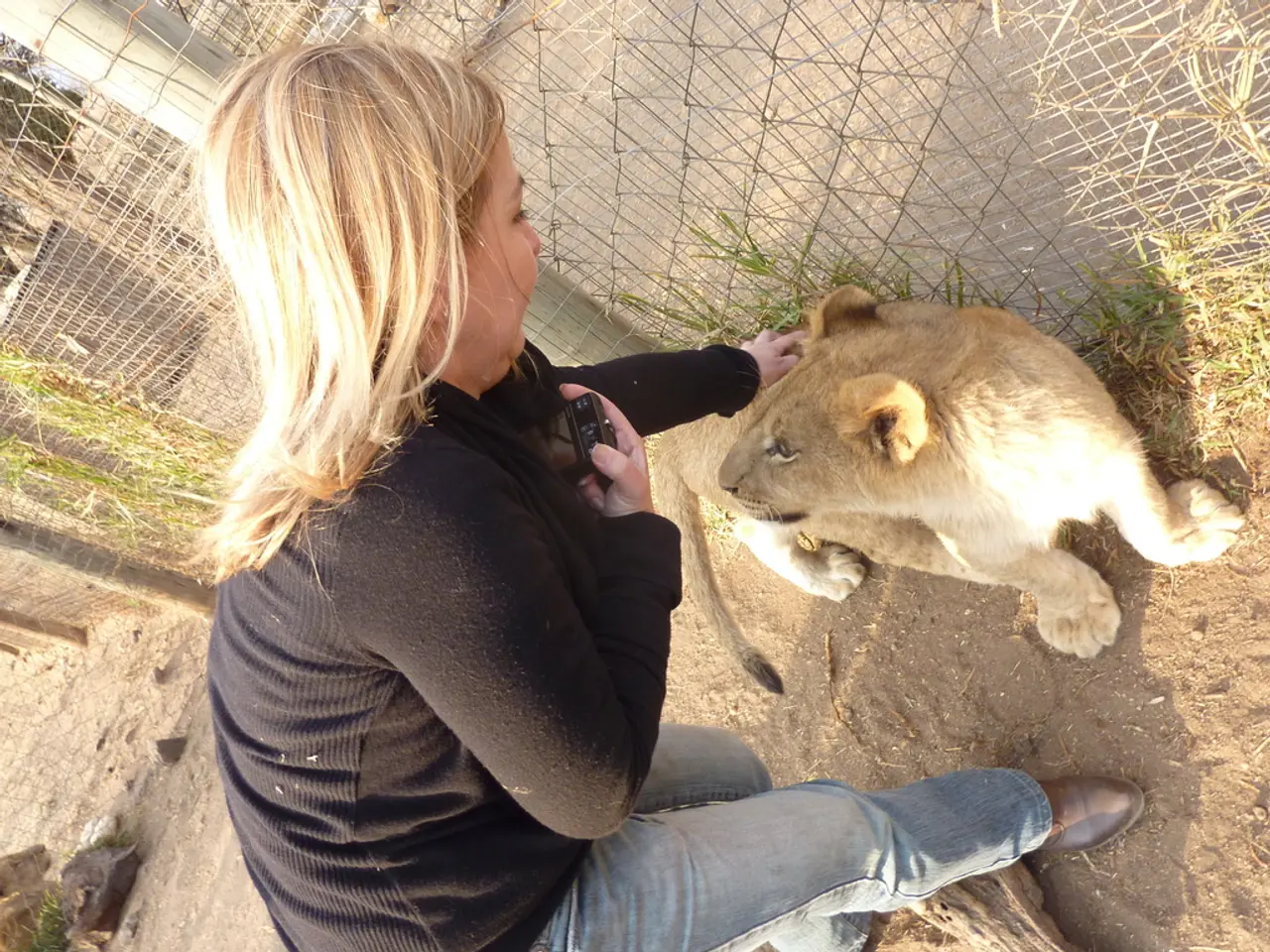Revitalize your dormant DSLR camera and document extraordinary wildlife encounters!
In the world of wildlife filmmaking, Declan Burley, a star of Apple TV+'s The Wild Ones, is making waves. But for some photographers, the lure of capturing elusive wildlife moments doesn't always require a camera crew. Instead, they turn to an innovative technique: remote wildlife photography using camera traps and DSLR cameras.
Camera traps, a setup that combines a motion sensor, flash, and a camera to automatically photograph animals, are gaining popularity among photographers. These setups are often powered by batteries and can be left in the wild for weeks or even months.
To set up a camera trap for remote wildlife photography using a DSLR, the core process involves attaching your DSLR camera to a motion sensor and possibly a flash unit so that the camera automatically takes photos when animals move into the designated area.
Key steps include:
- Selecting a suitable camera: You can often repurpose an older DSLR to serve as a camera trap.
- Attaching a motion sensor to detect animal movement in front of the camera.
- Adding a flash or external lighting if necessary to illuminate animals in low-light conditions.
- Configuring camera settings for exposure, focus, and shot intervals before deployment.
- Finding the right location where animals frequent, requiring patience and good tracking skills.
- Securing the camera and sensor firmly on a stable surface or a tree at an ideal height and angle to capture the intended field of view.
- Ensuring the setup is weatherproof or protected from environmental elements and theft.
- Leaving the camera trap out in the field for days or weeks depending on your objectives, periodically returning to swap memory cards and batteries.
While the detailed gear, such as specific DSLR models and lenses, depends on your preferences and needs, a DSLR allows for high-quality image capture which is advantageous for wildlife photography.
For those new to the idea of setting up a camera trap, resources like Camptraptions make the process feel accessible. Camptraptions offers beginner-friendly kits, tutorials, and a free ebook on how to get started with camera traps.
James Roddie, a photographer known for his incredible images captured using camera traps, leaves his traps out on trails for long periods of time. His Instagram account is full of behind-the-scenes posts about his camera trap setup, including flash unit placements and location choices.
Kalum Carter, a photographer, filmmaker, creative director, and writer with over 10 years of experience in visual storytelling, has also delved into the world of camera trap photography. Carter's work highlights the power of visual storytelling and fosters an appreciation for the impact of photography.
Carter suggests setting up a camera trap in locations like gardens, woodland trails, or places where animals might pass through. His focus on photography books, curation, and photo editing, and his deep understanding of contemporary and historical works, make him a valuable resource for those interested in this genre.
Whether you're a seasoned photographer or a beginner, the potential outcomes of using a camera trap are exciting. So, gear up, head out, and let the wildlife moments unfold!
- To capture elusive wildlife moments without a camera crew, some photographers use camera traps and DSLR cameras for remote wildlife photography.
- Camera traps, a setup with a motion sensor, flash, and camera, are gaining popularity for their ability to automatically photograph animals.
- For remote wildlife photography using a DSLR, the core process involves attaching your camera to a motion sensor and possibly a flash unit for automatic detection and photography.
- In setting up a camera trap, one must select a suitable camera, attach a motion sensor, add a flash, configure camera settings, choose an animal-frequented location, and secure the setup safely.
- Resources like Camptraptions are useful for beginners in learning about camera traps, as they offer beginner-friendly kits, tutorials, and a free ebook on how to set them up.
- Known for his incredible images captured using camera traps, photographer James Roddie leaves his traps out on trails for long periods of time and shares insights about his setup on Instagram.
- With over 10 years of experience in visual storytelling, Kalum Carter, a photographer, filmmaker, creative director, and writer, delves into the world of camera trap photography and emphasizes the power of visual storytelling.
- For those interested in wildlife photography using camera traps, Carter's work and understanding of photography books, curation, and photo editing make him a valuable resource.




